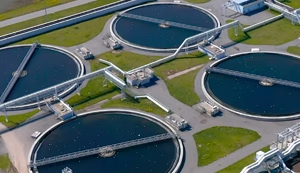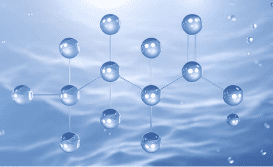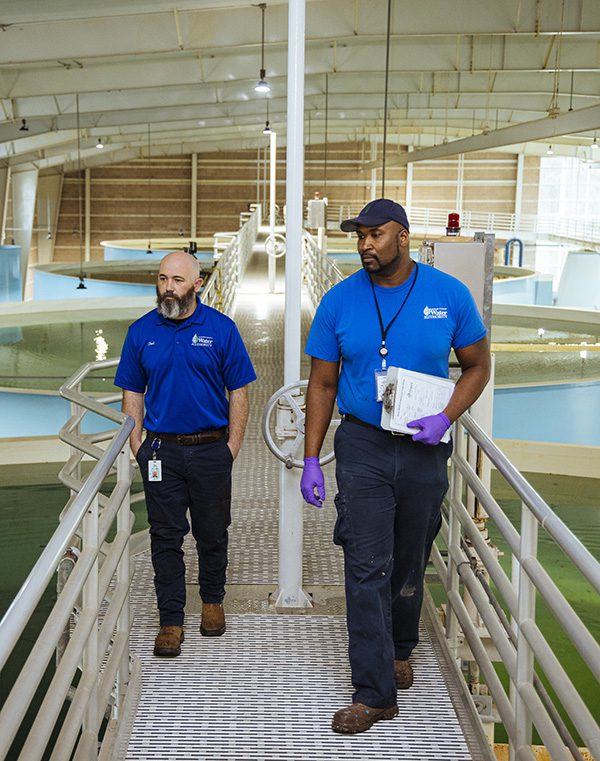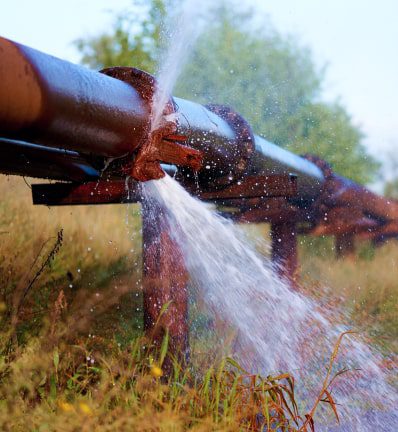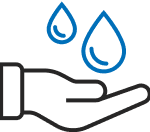Resources Hub
From water 101 to in-depth technical reports and guides, the AWWA Resource Hub is your guide to grow your industry knowledge.

Advertisement
Browse Topics
21st Century Infrastructure
Water Quality
Sustainable Water Management
Utility Management
Intelligent Systems
Treatment
Secure and Resilient Utilities
Asset Management
Distribution Systems O&M
Water Loss Control
Water Main Rehabilitation
Fire Protection
Water Infrastructure Funding
Waterborne Pathogens
Contaminants of Concern
Lead
Water Quality
PFAS
Manganese
Source Water Protection
Climate Change
Water Conservation
Planning and Sustainability
Potable Reuse
Groundwater
Wastewater
Affordability
Customer Service
Rates and Finance
Strengthening Public Trust
Workforce
Engineering Modeling Applications
Digital Twins
Membrane Processes
Risk and Resilience
WARN
Business Continuity
21st Century Infrastructure
Water Quality
Sustainable Water Management
Utility Management
Intelligent Systems
Treatment
Secure and Resilient Utilities

Advertisement
